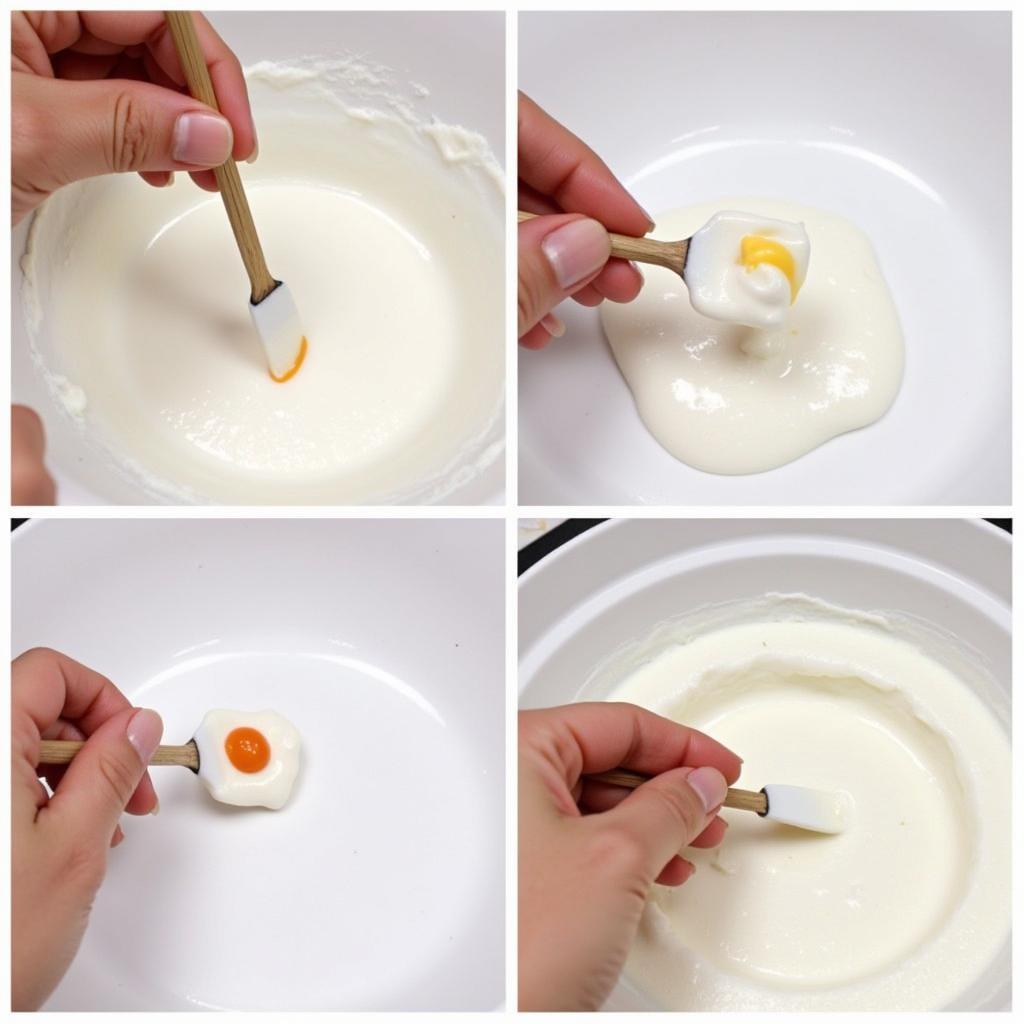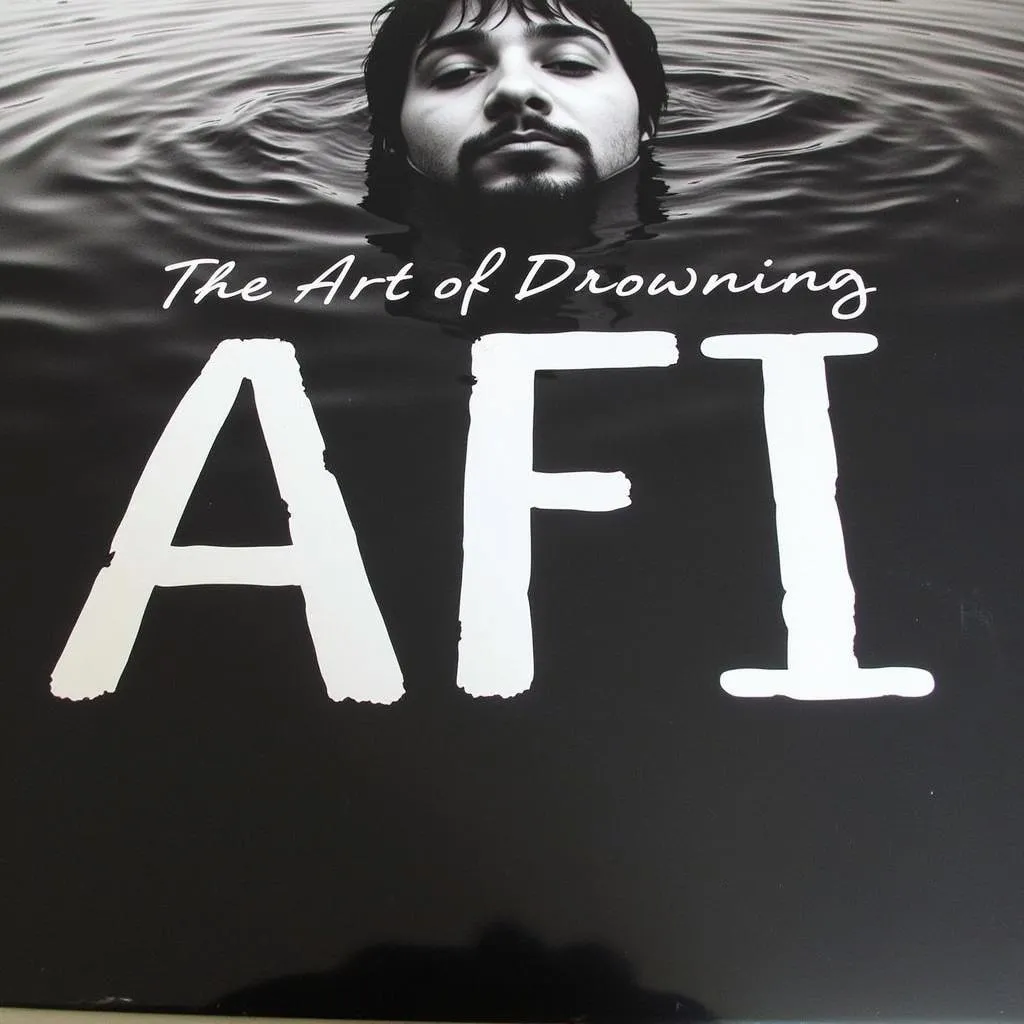Mastering Sugar Art Color Solutions
Sugar Art Color Solutions are essential for bringing your sweet creations to life. Whether you’re a seasoned cake decorator or just starting out, understanding how to choose and use food coloring effectively can transform your desserts from simple treats into edible masterpieces. This article will delve into the world of sugar art color solutions, exploring various types, techniques, and tips to help you achieve vibrant and professional-looking results.
Unveiling the Spectrum of Sugar Art Color Solutions
There are several types of food coloring suitable for sugar art, each with its own advantages and disadvantages. Choosing the right type depends on the project and desired effect. Let’s explore the most common options:
-
Gel Colors: Highly concentrated and versatile, gel colors offer intense hues without significantly altering the consistency of your icing or dough. They are ideal for achieving deep, rich colors and work well in buttercream, fondant, and gum paste.
-
Liquid Colors: Easy to use and readily available, liquid colors are a good choice for beginners. However, they can thin out icing, so use them sparingly, adding a drop at a time until the desired color is reached.
-
Powdered Colors: Best used for coloring dry ingredients like macaron batter or meringue, powdered colors offer vibrant hues and are less likely to affect texture.
-
Natural Colors: Derived from fruits, vegetables, and spices, natural colors provide a subtle and earthy palette. They are a great option for health-conscious bakers but may require more experimentation to achieve desired shades.
 Different Types of Sugar Art Color Solutions
Different Types of Sugar Art Color Solutions
Techniques for Achieving Perfect Sugar Art Color Solutions
Mastering sugar art color solutions involves more than just choosing the right type of coloring. Here are some key techniques to elevate your coloring game:
-
Start Small: Always begin with a small amount of color and gradually add more until you reach the desired shade. It’s easier to darken a color than to lighten it.
-
Mix Thoroughly: Ensure the color is evenly distributed throughout your medium by mixing thoroughly. This prevents streaks and uneven patches.
-
Consider the Base Color: The color of your icing or dough will affect the final outcome. White icing provides a blank canvas, while tinted icing can influence the resulting shade.
-
Test Before Committing: Before coloring a large batch, test the color on a small portion to ensure it matches your vision.
 Mixing Sugar Art Color Solutions for Perfect Hues
Mixing Sugar Art Color Solutions for Perfect Hues
Troubleshooting Common Sugar Art Color Solution Challenges
Even experienced decorators encounter challenges with sugar art color solutions. Here are some common issues and how to address them:
-
Color Fading: Certain colors, particularly reds and pinks, can fade over time. Using high-quality gel colors and storing decorated treats away from direct sunlight can help prevent this.
-
Streaky Icing: Streaks occur when the color isn’t fully incorporated. Ensure thorough mixing and consider using a toothpick to initially blend the color into the icing before using a spatula.
“Achieving vibrant and consistent color in sugar art is all about understanding the properties of different color solutions and mastering the techniques for blending and application. Don’t be afraid to experiment and have fun with it!” – Amelia Buttercup, renowned pastry chef and sugar artist.
Achieving Vibrant Colors with Sugar Art Color Solutions
Beyond the basics, there are advanced techniques to achieve even more impressive results with sugar art color solutions. Consider these tips:
-
Color Mixing: Create custom shades by combining different colors. Start with primary colors and experiment to discover new hues.
-
Color Shading: Add depth and dimension to your designs by using different shades of the same color.
“Color is a powerful tool in sugar art. It can evoke emotions, tell stories, and transform ordinary treats into extraordinary works of art.” – Julian Frosting, award-winning cake designer.
Sugar Art Color Solution: Choosing the Right One
Understanding the different types of sugar art color solutions is essential for achieving the desired results. Here’s a quick guide:
- For vibrant, concentrated colors: Gel colors are your best bet.
- For easy application and a wide range of colors: Liquid colors are a convenient choice.
- For coloring dry ingredients: Opt for powdered colors.
- For a natural and subtle palette: Choose natural color extracts.
In conclusion, mastering sugar art color solutions is crucial for creating stunning and professional-looking edible art. By understanding the various types of coloring, employing proper techniques, and experimenting with different approaches, you can unlock a world of possibilities and elevate your sugar art to new heights.
FAQs
- Can I mix different types of food coloring?
- How do I store unused food coloring?
- What are some common mistakes to avoid when using food coloring?
- Where can I buy high-quality sugar art color solutions?
- How do I achieve specific shades like rose gold or teal?
- Are there any safety precautions I should take when using food coloring?
- Can I use food coloring in chocolate?
When you need assistance, please contact us at Phone Number: 02462573573, Email: danteum@gmail.com or visit our address: Savico Megamall, 7-9 Đ. Nguyễn Văn Linh, Gia Thụy, Long Biên, Hà Nội 10000, Việt Nam. We have a 24/7 customer support team.
